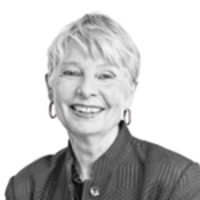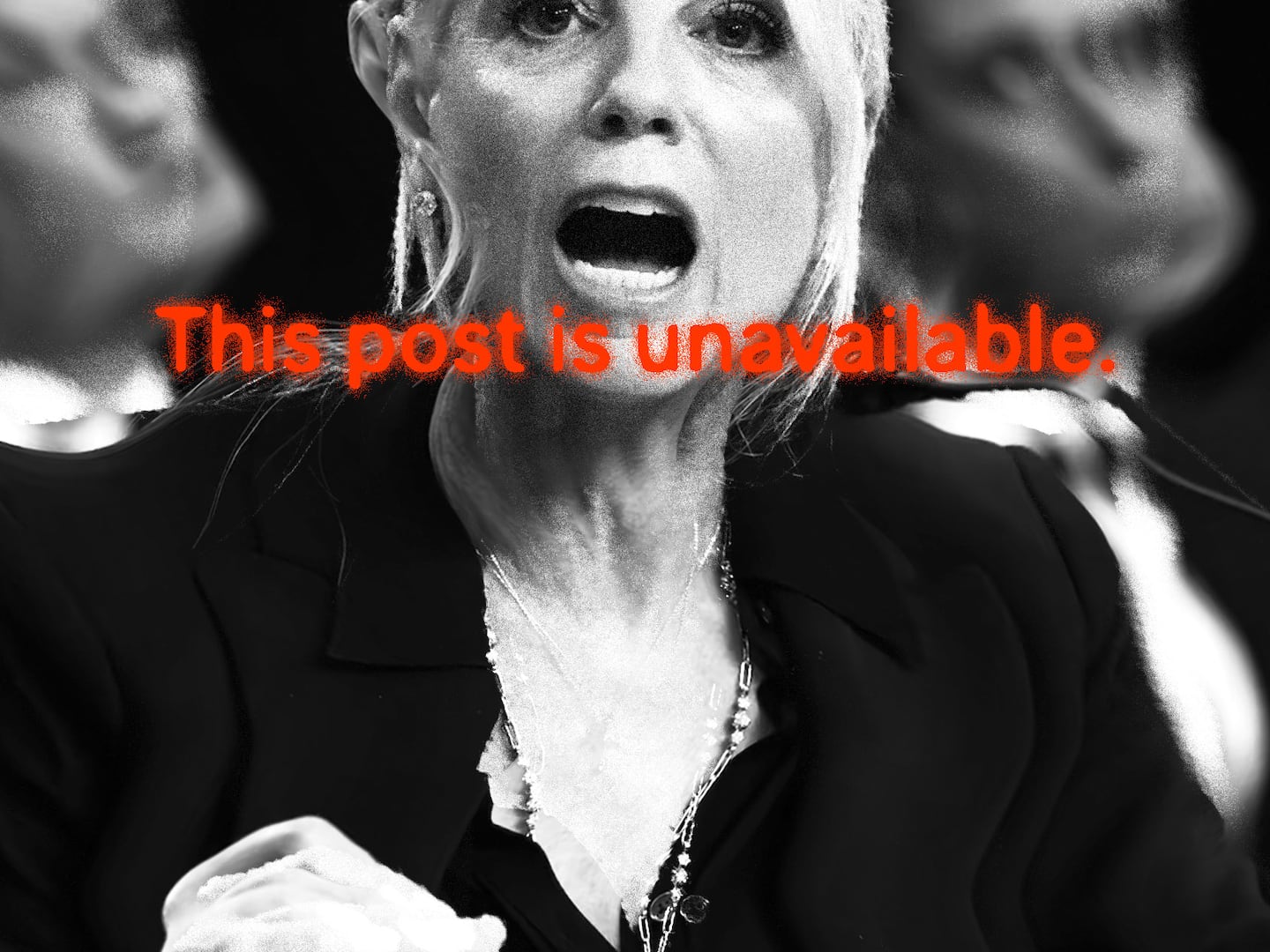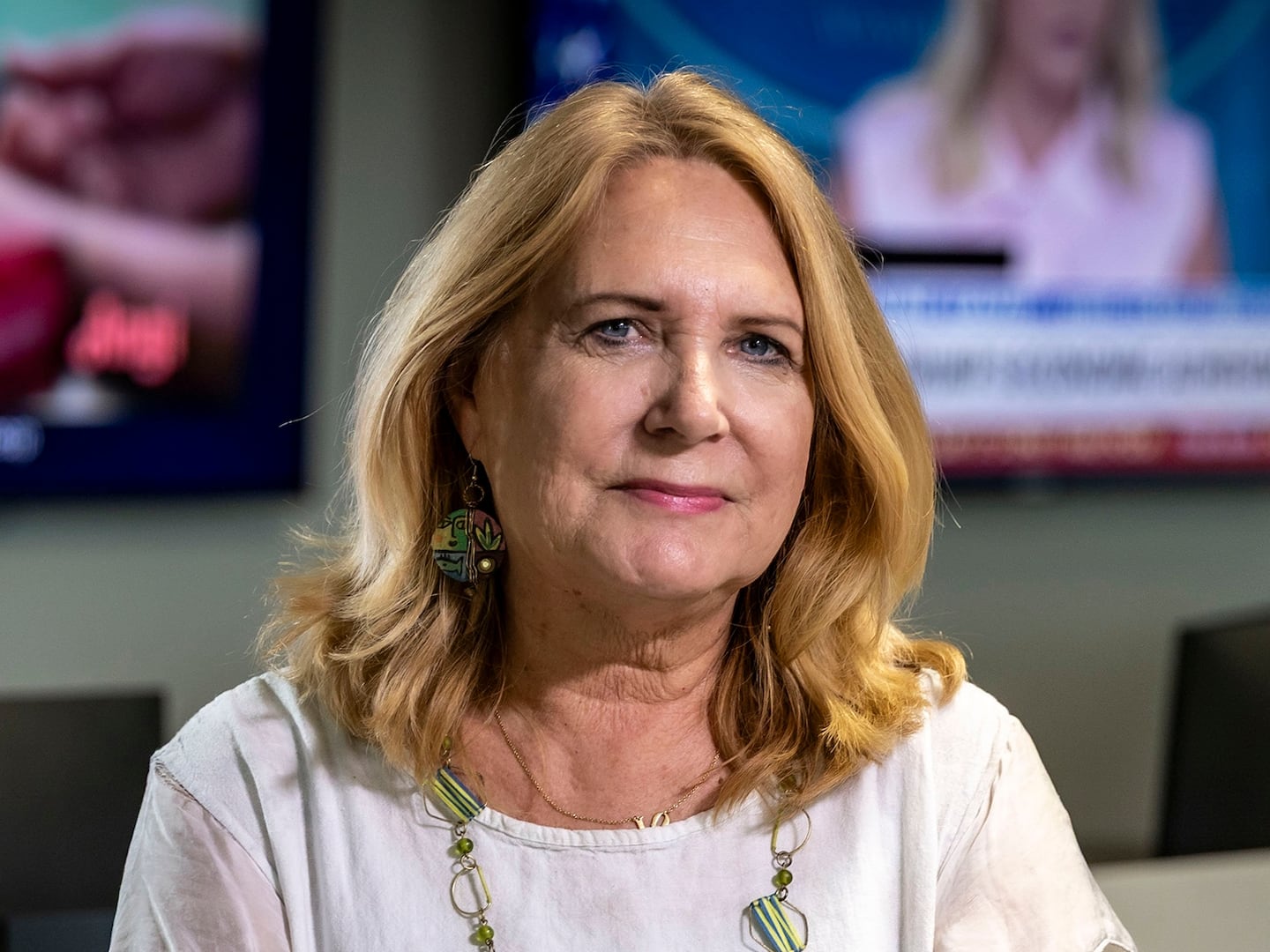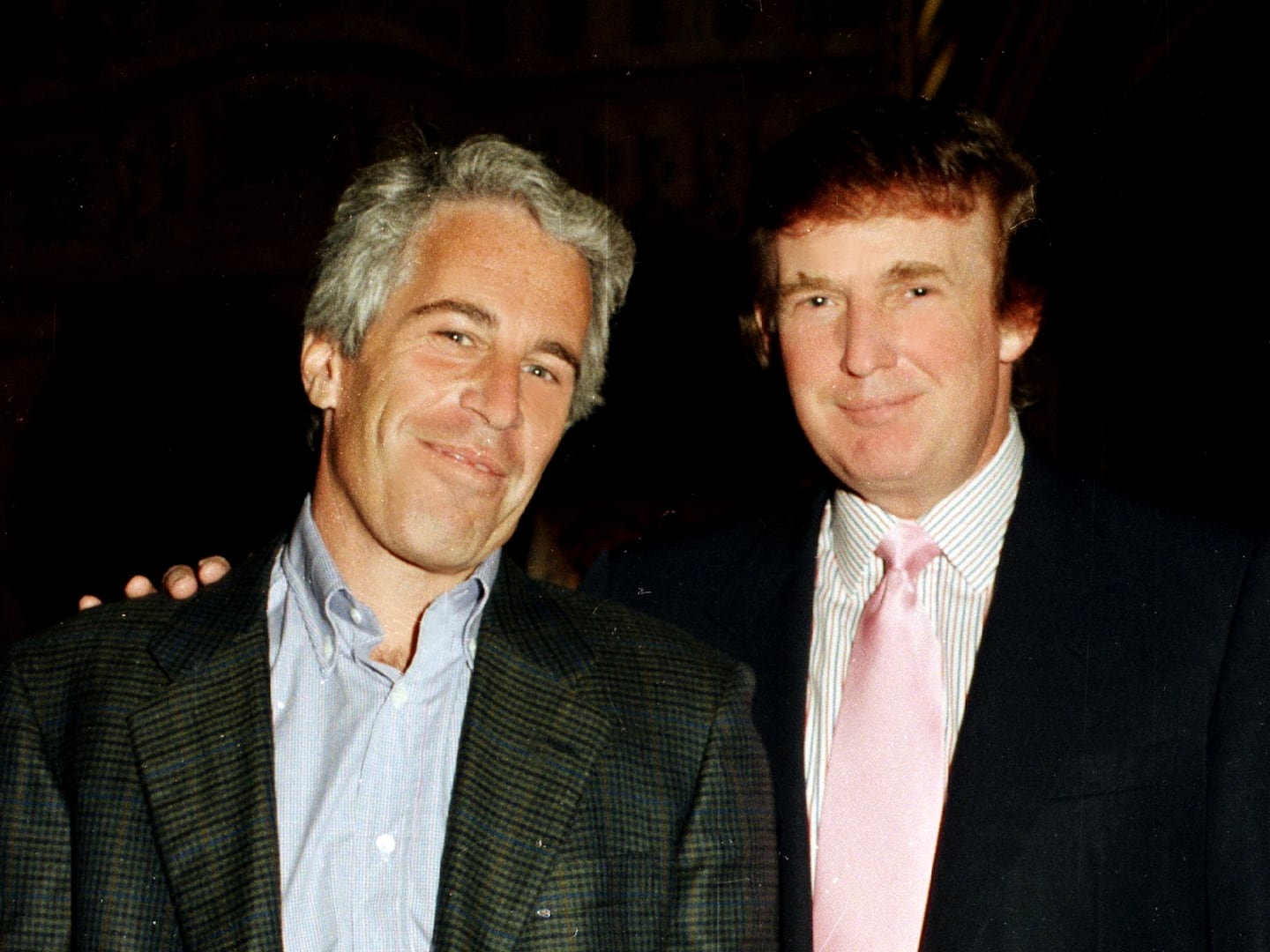The public doesn’t trust the news media, which President Trump uses to his advantage, labeling stories he doesn’t like fake news. An effort to rebuild the public’s faith in journalism, Your Voice Ohio, got its start in late 2015 when Trump’s candidacy was getting more laughs than serious scrutiny, public disgust with the media was rising, and newsrooms everywhere were shrinking.
It was not a happy time for anyone, except maybe Trump, when Doug Oplinger, a Pulitzer Prize-winning managing editor with the Akron Beacon Journal, spearheaded an Ohio media collaborative of several major news outlets determined to restore that trust. A National Institute for Civil Discourse three-day retreat in Columbus provided that incentive when it brought together journalists, citizens, and local officials to understand why public trust had broken down, and how to rebuild it.
Each group was asked to list adjectives it associated with the other groups. The journalists used words like “lazy, “busy” and “apathetic” to describe the citizens, and ones like “power hungry,” “in it for the money” and “corrupt” for the officials.
Journalists described themselves as “hard-working and under-appreciated,” rather self-serving. Worse, they didn’t realize their answers would be displayed on a white board for all to see. “When the citizens saw this, they said ‘Holy shit,’ this confirms what we thought,” says Oplinger.
The local officials were not all that complimentary about the citizens either, Oplinger told The Daily Beast. It was an eye-opening experience and directly led to Oplinger’s launching “Your Voice Ohio,” which began small in 2016 with six or eight news outlets participating, and is now a consortium with 40 Ohio media outlets contributing community focused content. Multiple polls and dozens of focus groups pointed the way to this formula: stories that are fact laden with charts and graphs, include a narrative description of struggle on different sides, and most importantly, offer ways to resolve those struggles.
Every story ends with solutions proposed by citizens from their lived experience, not from politicians and experts. Research found that people resent the media for laying out problems without offering solutions, and that they blame the media for their inability to talk to each other in a civil manner.
Every Your Voice Ohio story on opioids, for example, posts a hot line at the bottom to call for help.
Even though Your Voice Ohio was in the field throughout the 2016 campaign, and should have seen Trump coming, the results were “a shocker,” says Oplinger. The media felt repudiated by the outcome. Ohio had gone over the cliff economically, people were tired of career politicians telling them how to fix it, and the media were in no-where’s land.
With infusions of grant money from the Knight Foundation and the Democracy Fund, Your Voice Ohio redoubled its efforts to find a way to connect with the public. There was more polling after the election, and the economy emerged as the top issue. “But the opioid crisis was out of control,” says Oplinger, with 4,000 deaths a year, out pacing traffic deaths and placing Ohio among the hardest hit in the nation, along with West Virginia and Kentucky. “Journalists were going out of their minds writing stories that weren’t having any impact,” he says.
With help from the Jefferson Center, a citizen-engagement organization in St. Paul, Minnesota, thousands of postcards went out across Ohio to recruit a cross section of people to sit on three-day citizen juries in their community to meet with news media outlets. “Initially they said the news media is biased and they trashed us something awful,” says Oplinger. After journalists explained how they approached a story, and took questions, attitudes shifted.
“They said they had no idea journalism is that difficult. They told us, ‘You need to be more transparent. Tell us how hard you work to get information.’ They want to be involved. They want to feel part of journalism so they can take ownership.”
The goal of Your Voice Ohio is to get journalists to think differently about their relationship with the public and with politicians and community leaders. The consortium documented what everyone should have known, that a lot of people are falling through the cracks when it comes to addiction treatment and recovery.
These community conversations have been held all over Ohio. The most recent one in Central Ohio highlighted the fact that addiction doesn’t discriminate, it strikes people in all walks of life, and is much broader than just struggling with opioids. People in recovery had the opportunity to directly share their experiences with community officials. One attendee told the Marion Star, “Recovery doesn’t have a face or a name, it looks like anybody and everybody.”
The media were told that the stock photo of a needle going into an arm to illustrate the addiction crisis serves as an unwelcome trigger for people in recovery. The consortium pulled all such photos from its archive.
Asked if this community-focused coverage has made a dent in Ohio’s opioid crisis, Oplinger demurred, claiming credit only to the extent that shared data and information can help communities. And that’s the point, the dissemination of a common set of facts from sources people trust is essential to democracy.
Oplinger has a history in Ohio that made it possible for him to bring people together. He was an editor on several Pulitzer projects, and had won many local and national awards, plus 40-odd years of service at the Akron Beacon Journal gave him the cachet to create what could be a model for other states and localities to follow.
In the next few weeks, Your Voice Ohio will shift focus to the economy in a way that gives voters the tools to make sense of the midterm elections. “We will not use the word economy,” he says. “We’ll be asking people how they envision a more vibrant Ohio.” This kind of community-based journalism sees the public as partners. Frame the right question and the answers will follow. Build it and they will come.






